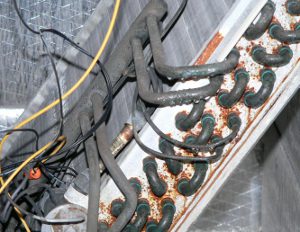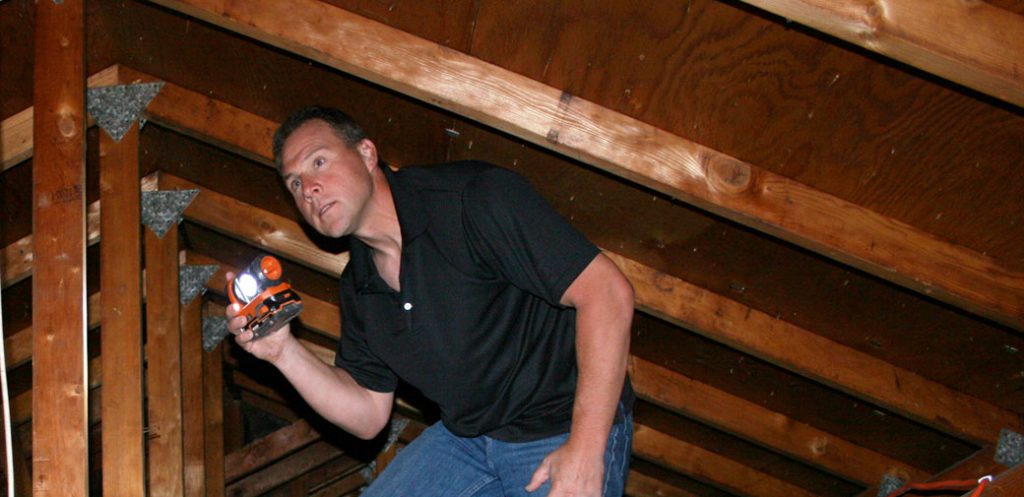At this point, virtually every home inspector has heard of the contaminated Chinese drywall that is causing havoc in homes built during the housing boom between 2004 and 2007. What many may not realize is that this is still an ongoing problem in thousands of homes in Florida, Mississippi, Louisiana, and Alabama. For home inspectors in the Southeast region of the U.S., understanding the scope of the problem and how to handle it in the course of home inspections is vital.
What is Chinese Drywall?
According to official reports, an estimated 250,000 tons of drywall was imported to the U.S. from China during those four years as an inexpensive stopgap to shortages from other regular domestic suppliers. Reportedly, more than 100,000 homes were constructed in the United States utilizing the contaminated Chinese drywall, which led to serious health, property damage, and financial investment issues.
Chinese Drywall Issues Explained
The U.S. Department of Health and Human Services recently conducted a study that concluded that Chinese drywall can cause short- and long-term health problems. Symptoms include headaches, eye irritation, gastrointestinal problems and more.
The controversial drywall utilizes unrefined “fly ash,” a coal residue found in smokestacks in coal-fired power plants. Fly ash contains strontium sulfide, a toxic substance commonly found in fireworks. When the drywall gets hot and wet, two conditions that are constant in the southeastern United States, it can let off gas into hydrogen sulfide, carbon disulfide, and carbonyl sulfide, which contaminates a home’s air supply.
A number of class action lawsuits have been filed as the contaminated Chinese drywall cannot be repaired. Homeowners are faced with living with the conditions or paying tens of thousands of dollars for removal. Some insurance companies are refusing to pay for drywall replacement and many of their clients are facing financial ruin. Mitigation itself is proving to be problematic as well.
Are Home Inspectors Liable for Potentially Missing Chinese Drywall?
It is highly unlikely that home inspectors could possibly be implicated and held financially responsible in a legal sense. This is because the makers of the drywall and the companies directly involved in the purchase and construction of the homes in question are the parties being held responsible. That being said, even though inspectors cannot be held liable for potentially missing the contaminated drywall during an inspection, it is just one more of the many possible ways in which E&O insurance can provide protection against a world of issues.
How to Inspect for Chinese Drywall
Many homeowners are choosing to ignore the problem, so home inspectors must be aware of how to detect the contaminated drywall to protect the interest of their employer, which can be a prospective homeowner or real estate firm. The International Association of Certified Home Inspectors (InterNACHI) has assembled an online article that addresses the drywall as well as what symptoms home inspectors should look for.
These can include a strong sulfur smell, corroded wiring, and manufacturer’s labels on the back of the drywall that link it to specific
Chinese manufacturers. Other signs include:
- Corrosion behind the light switches or outlets on the copper wires
- Corroded A/C coils
- Corrosion of anything metal in the house including appliances and electronics.
While no governing body has issued regulations regarding contaminated drywall, it is advisable that home inspectors be aware of the danger it poses and learn how to identify it. While not all home inspectors explicitly provide Chinese drywall identification as part of their inspection services, every competent inspector should be aware of the problem and take steps for identification as part of their inspection process.





